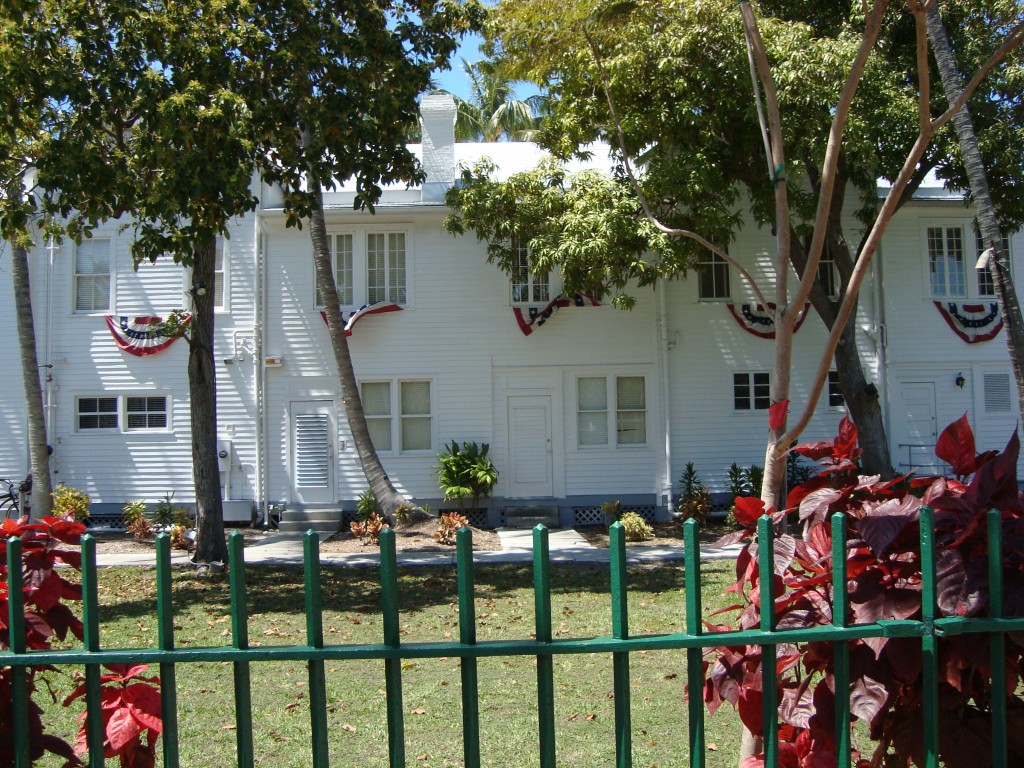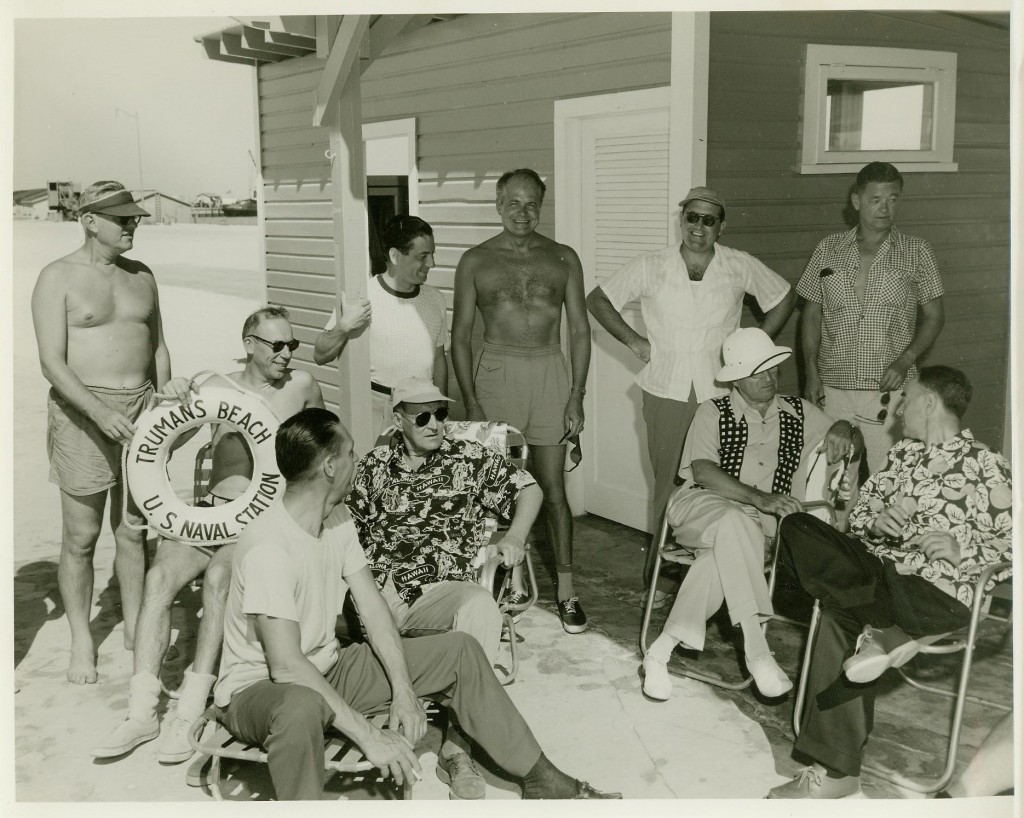Ron Suskind’s book Confidence Men, due for general release this week, is already attracting headlines for its depiction of a President who is not in command of a White House staff that is riven by rivalries and internal dissent. Not surprisingly, the White House is pushing back against Suskind’s characterization, with several former Obama aides now denying the quotes that Suskind attributes to them. I have only read the excerpts from Suskind’s book, so will limit my response in this post to those. Note that I know this subject well and have a lot to say here, so I’ll break my comments into two separate posts.
The most sensational claims Suskind makes, at least based on media coverage, are:
1. Obama’s economic team was rife with discord, most noticeably between Larry Summers, who headed the National Economic Council (NEC) and OMB director Peter Orszag. As illustration, reportedly Summers was outraged when Orszag submitted a private economic report on the long-term economic impact of large deficits, but without providing Summers a copy. More generally, the two clashed on how best to deal with budget deficits and on economic policy.
2. That Summers at one point complains to Orszag that no one is in charge at the White House. “We’re home alone,” Summers reportedly confided. “There’s no adult in charge. Clinton never would have made these mistakes.”
3. That Treasury Secretary Tim Geithner simply ignored the President’s request to create stress tests for the banks to determine whether they were likely to survive the financial crisis without additional funds.
4. And in perhaps the most controversial excerpt, the President reportedly admitted that he lacked the “vision thing”, to paraphrase a previous one-term president: “I think one of the criticisms that is absolutely legitimate about my first two years was that I was very comfortable with a technocratic approach to government … a series of problems to be solved. …
“Carter, Clinton and I all have sort of the disease of being policy wonks. … I think that if you get too consumed with that you lose sight of the larger issue. … The reorganization that’s taken place here is one that is much more geared to those [leadership] functions.”
What are we to make of these revelations? I have spent most of my academic life researching and writing about life in the White House, focusing in particular on the relationship between presidents and their senior aides, and I can tell you, based on reading memos and documents from thirteen previous presidencies, the scenes Suskind describes regarding dissent in the Obama White House are neither uncommon nor nearly as problematic as he would have us believe. I should state at the beginning that I have no reason to believe that any of the quotes, by themselves, are inaccurate, but I’m also certain that he has cherry-picked the most controversial statements and probably presented them in ways that don’t do justice to the full context of the conversation he was having with these individuals. Lacking access to the full transcript, however, I can’t be certain. So we must proceed with caution. With those provisos, let’s revisit the controversial claims.
To begin, the fact that two of the President’s four primary economic advisers (the other two are CEA head Christina Romer and Treasury Secretary Tim Geithner) were at loggerheads is neither surprising nor problematic. Indeed, I would be more worried if there was no clashes among them, particularly regarding an issue as complex as the nation’s economy. The truth is that economists do not agree on what caused the current economic crisis or how to end it. It thus does a disservice to the President, and to the nation, not to have those disagreements aired and thoroughly debated. In the end, Obama was forced to choose under conditions of uncertainty. This is par for the course in the White House. People forget that when Franklin Roosevelt took office in 1933, he did so thoroughly committed to pursuing orthodox economic policies, namely cutting government spending and balancing the budget. A few months into his presidency, however, he reversed course and embraced deficit spending. His budget director, a man named Lew Douglas (the Orszag of the day), who had spearheaded FDR’s initial economy act that cut government spending, was appalled by the President’s decision to now embrace a spending increase and to run historically large peacetime deficits, and he wrote anguished memos to the President pleading for FDR to return to his initial recovery program based on balanced budgets. Alas, FDR stuck to the new course, and Douglas eventually resigned. Nor was his the only resignation among senior White House staff; FDR’s other key domestic adviser, a man named Ray Moley, also resigned in reaction to Roosevelt evolving political views, and went on to write books that were critical of the President’s New Deal policies.
My point is that this type of policy infighting goes with the territory. The clashes among Obama’s senior White House staff described in Suskind’s excerpts have been interpreted to be petty disputes driven by clashing egos, but in fact they also represent sincere policy disagreements held by well-intentioned advisers (admittedly with large egos) who fervently believe they are right. Presidents need to encourage these disagreements, unsettling as they may be to the advisers who find themselves on the losing end of a policy fight.
What of Summers’ alleged outrage at Orszag’s sending in a report directly to the President without Summers’ review? Isn’t that petty? Not at all. In fact, any well run White House will have a set of procedures in place to prevent memos from going to the President without the signature and comments of all relevant parties. Summers’ anger that this procedure was violated is justified. But blame shouldn’t be directed at Orszag – it should fall on Obama’s senior staff responsible for staffing papers out. Usually this is part of the Chief of Staff’s duties; typically there will be a junior aide in the Chief of Staff’s office who oversees the paper routing system. But no system will work if the President doesn’t actively police it. In the Orszag memo incident, the President should have made sure the report was vetted by Summers. In interviews with previous White House aides, I have heard more than one story about a President making sure that a particularly important policy memo was sent back to be vetted by other aides. This is not to say, however, that President Obama should be expected to serve as his own chief of staff. He needs to have someone in charge of managing the paper flow on his behalf. This incident, by the way, is precisely what I blogged about two days ago in defending Bill Daley’s efforts to tighten administrative procedures in the White House.
Perhaps the most damning excerpt is Summers’ alleged statement that no one was in charge at the White House, and that Clinton would never have “made these mistakes”. We’ve seen more than a little Clinton nostalgia these past days, but I had to laugh when I read the Summers’ quotation. In fact, Bill Clinton’s White House staff during the first months of his presidency was legendary for its administrative disorder. Critics alleged that, under the loose direction of Chief of Staff Mack McClarty, the President and his senior aides could not make decisions in a timely fashion, that policy debates proceeded far too long and without any apparent regard for proper staffing procedures and that, in effect, no one was in charge! Ultimately, Clinton recognized that he needed someone to discipline his young staff and make the trains run on time, and he replaced McClarty with his OMB director and veteran Washington hand Leon Panetta. How soon we forget!
This is not to excuse the Obama administration for any administrative sloppiness. In part, however, as I noted in my earlier posts on this topic, this is a function of being new on the job. It takes time for a president’s team to realize the importance of establishing and adhering to fixed administrative procedures designed to insure that no person talks to and no memorandum reaches the president without it being properly staffed out.
It is no surprise that the initial media coverage of Suskind’s book has centered on allegations of dysfunction in the Obama administration. The truth, however, is that the incidents Suskind describes are neither unprecedented nor even problematic. All White House staffs, if they are doing their job, will be divided along political and policy lines, and will press to have their views adopted by the President. These clashes are both necessary and healthy.
To this point, I have not addressed Obama’s remarks, including his confession that, as a self-proclaimed “policy wonk”, he may have lost sight of the “bigger picture”. I want to address this in a separate post, because it gets to a crucial point regarding Obama and his leadership that I have made since before he was sworn in as President. In contrast to Suskind’s other allegations, this one deserves greater scrutiny. .


